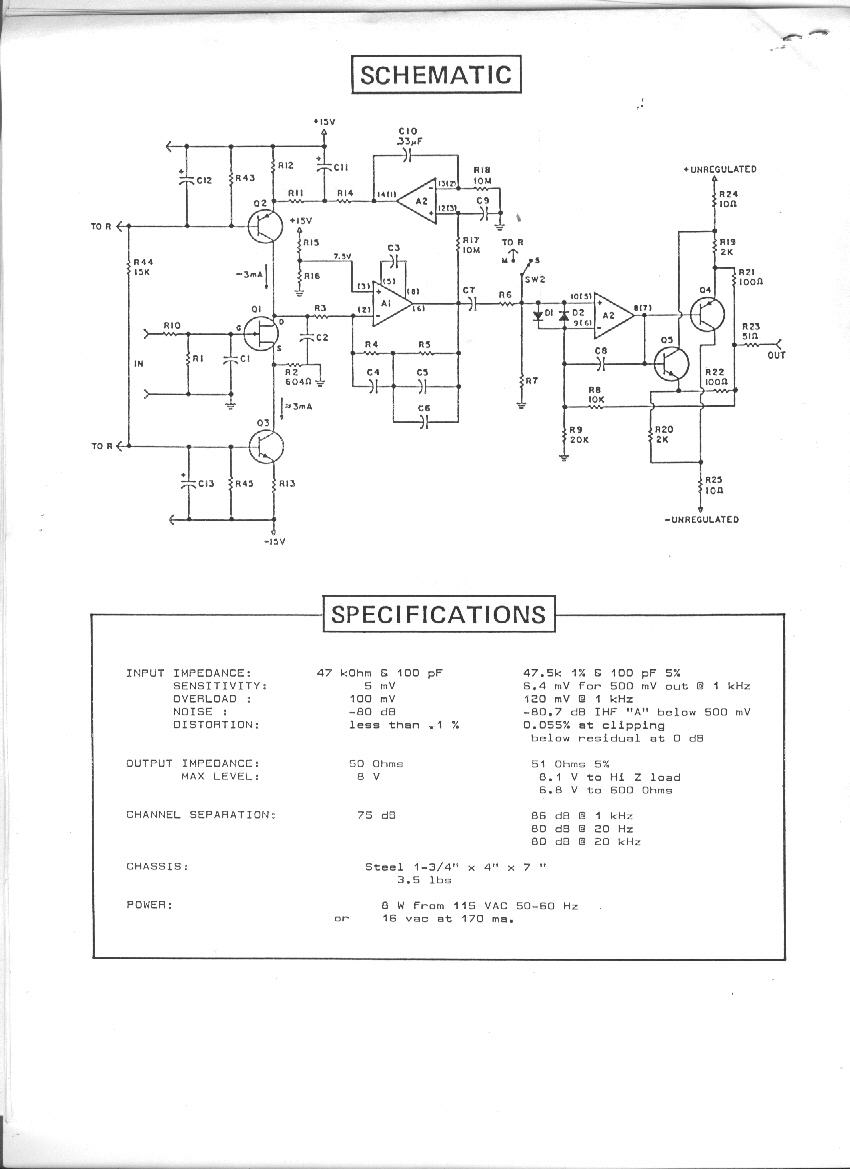clintrubber
Well-known member
Just stumbled upon this when looking for something non-audio ... but as it mentions 'guitar' I'd thought it'd at least qualify for The Brewery:
http://www.pat2pdf.org/patents/pat7183842.pdf
Not sure why for guitar you'd want to have the lowest distortion there (we had already Steely Dan & Dire Straits), but from a technical point of view it might be interesting (haven't read it in full yet).
Note I'm not endorsing this thing, I just stumbled upon it and thought I'd mention. It may be flawed here & there, but as it isn't mine feel free to trash it where appropriate.
OK, enough.
http://www.pat2pdf.org/patents/pat7183842.pdf
One specific application for the present invention
is its use as a first stage amplifier for a capacitive transducer or sensor as may be utilized in a guitar transducer or for other musical instruments.
Not sure why for guitar you'd want to have the lowest distortion there (we had already Steely Dan & Dire Straits), but from a technical point of view it might be interesting (haven't read it in full yet).
Note I'm not endorsing this thing, I just stumbled upon it and thought I'd mention. It may be flawed here & there, but as it isn't mine feel free to trash it where appropriate.
OK, enough.



